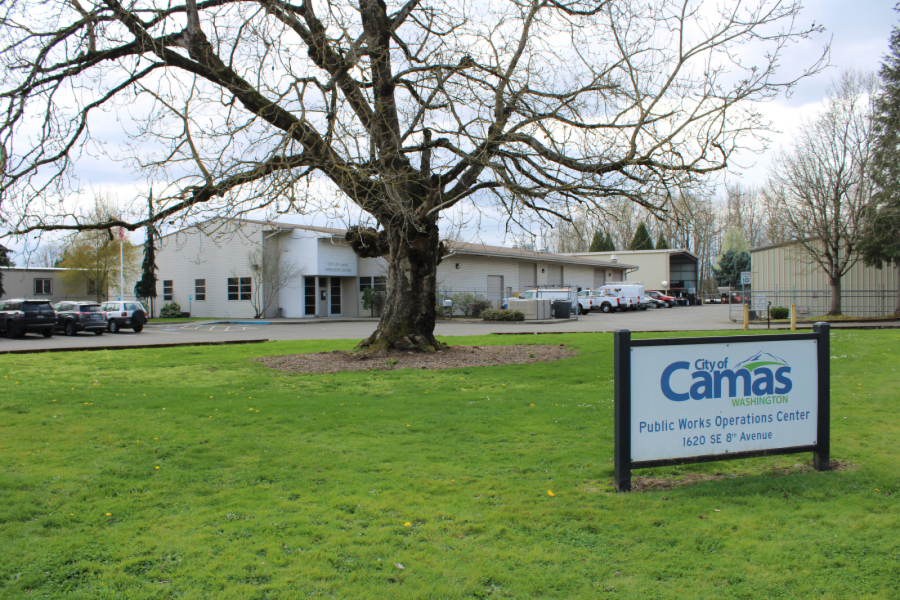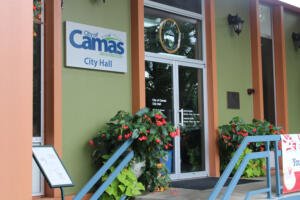Camas officials have approved a $1.61 million contract with an environmental engineering firm to help address “forever chemicals” found in the City’s drinking water supply.
“Like many Washington communities on the lower Columbia River, the city of Camas is proactively developing a strategy to discuss and address the public health concerns associated with per- and polyfluoroalkyl (PFAS) substances in its drinking water,” the consultant’s scope of work document presented to Camas City Council members in mid-March explained.
PFAS, a group of synthetic, manufactured chemicals widely used in common household items such as nonstick cookware, glass and surface cleaners, fabrics, floor polishes, paints, carpeting and water-resistant clothing, break down very slowly in the environment — leading to their nickname, “forever chemicals.”
According to the U.S. Environmental Protection Agency, are linked to a host of health risks, including increased cholesterol and obesity rates, hormone disruption, reduced vaccine response, decreased fertility, increased blood pressure in pregnant people, developmental delays in children and an increased risk of prostate, kidney and testicular cancers.
The chemicals are widespread, with at least one report by the Centers for Disease Control and Prevention showing that PFAS are likely in the bloodstreams of at least 97% of Americans.




